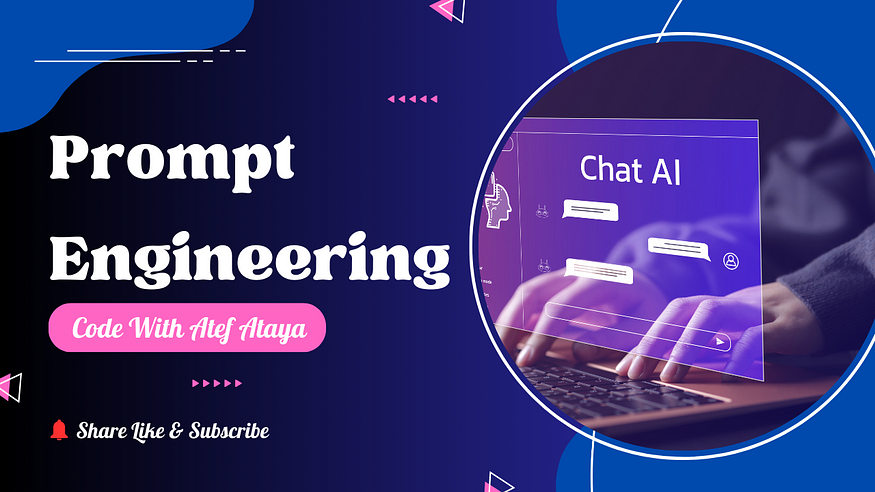category

Prompt engineering, or prompt design, is crafting instructions for LLMs to get desired responses. It’s essential for ensuring accurate, high-quality responses from a large language model.
A prompt is a natural language request submitted to an LLM to receive a response. Prompts can contain questions, instructions, contextual information, examples, and partial input for the model to complete or continue. After the model receives a prompt, it can generate text, code, embeddings, images, videos, music, and many more, depending on its type.
Prompt engineering involves carefully designing prompts that effectively communicate the task, provide context, and guide the LLM toward the intended outcome. A skilled prompt engineer constructs prompts that enable LLMs to produce high-quality output. There’s a lot of material on the internet for prompting, focusing on the GPT or Google’s barred web user interfaces, which many people use to execute specific and often tasks. However, the true power of LLMs lies in their ability to serve as developer tools, enabling software development through API calls. This represents the future, and this article will focus on it. Even though the prompt engineering guidelines and principles apply to all LLMs generally, we’ll focus especially on Google Gemini LLM API as presented in…
- 登录 发表评论